Data stewardship is the second pillar of data governance and plays a critical role in effectively managing data. In this deep dive, we’ll explore data stewardship, why it’s essential, and how organizations can incorporate this pillar into their data governance framework.
- Understanding the Stewardship Pillar
- Why Stewardship is Essential
- Incorporating Stewardship into Data Governance
- Conclusion
Understanding the Stewardship Pillar
Data stewardship is the act of managing and protecting data assets to ensure their integrity, availability, and security. A data steward is responsible for ensuring that data is collected, stored, and used in compliance with applicable laws, regulations, and internal policies. This includes setting data standards, providing data quality, and identifying and mitigating risks associated with data usage.
Why Stewardship is Essential
Effective data stewardship ensures that an organization’s data assets are managed effectively and used appropriately. By clearly understanding data assets and their importance to the organization, data stewards can better manage data risks and make informed decisions about how data is used. This helps reduce the risk of data breaches, non-compliance, and other security incidents while improving overall data quality.
Incorporating Stewardship into Data Governance
To effectively incorporate the stewardship pillar into data governance, organizations should take the following steps:
- Identify Data Stewards: Organizations should identify data stewards and assign them clear responsibilities for managing data assets.
- Define Data Standards: Data stewards should work to establish data standards that ensure data accuracy, completeness, and consistency.
- Ensure Data Quality: Data stewards should develop processes for ensuring data quality, including identifying and correcting data errors and inconsistencies.
- Mitigate Data Risks: Data stewards should identify and mitigate data risks, including data security risks and data privacy risks.
- Monitor Data Usage: Data stewards should monitor how data is used within the organization to ensure compliance with policies and regulations.
Conclusion
Data stewardship is a critical pillar of effective data governance. By clearly understanding data assets and their importance to the organization, data stewards can better manage data risks, ensure compliance with regulations, and make informed decisions about how data is used.
By incorporating the stewardship pillar into data governance, organizations can position themselves for success in today’s data-driven world.







Leave a Reply